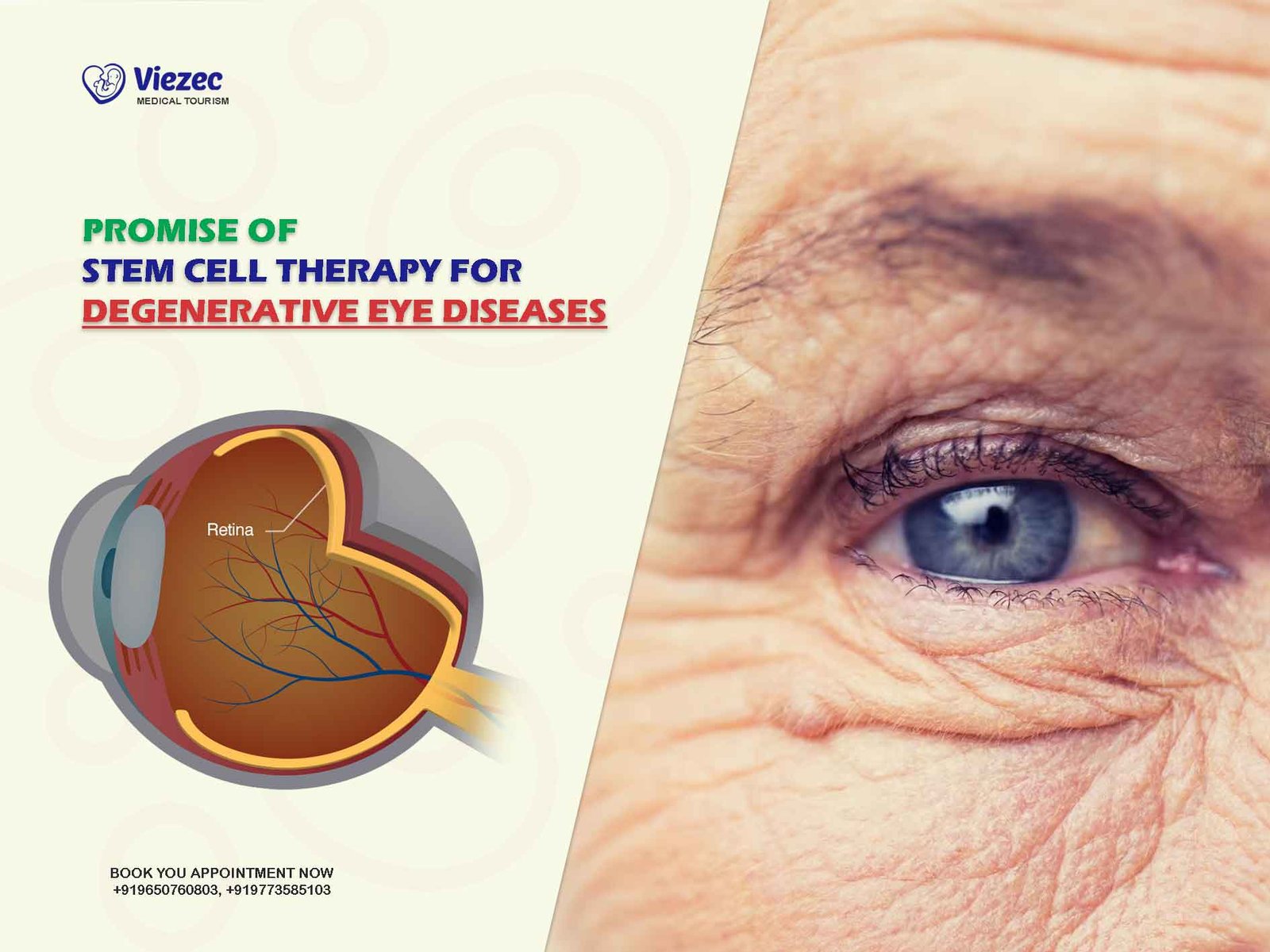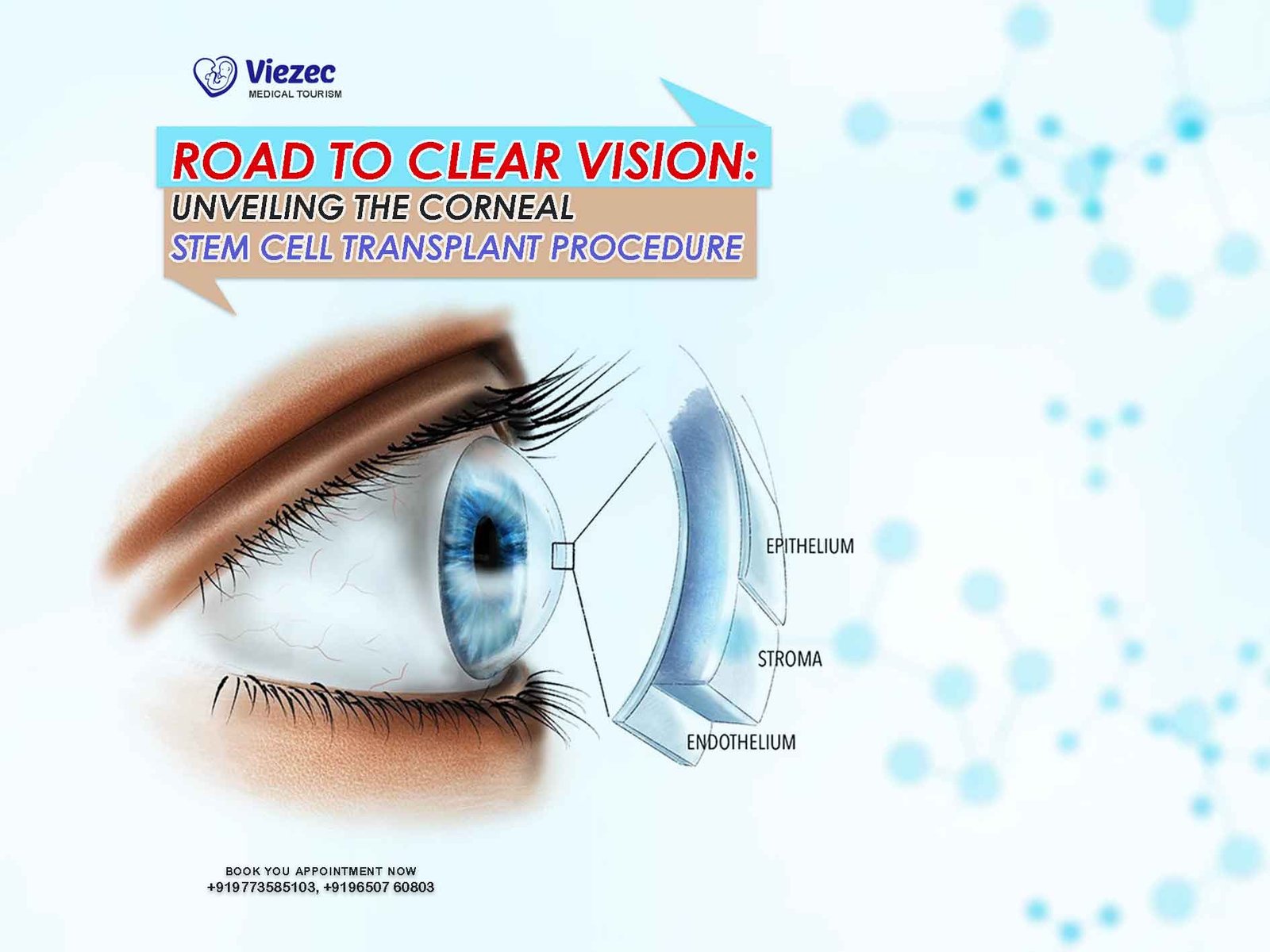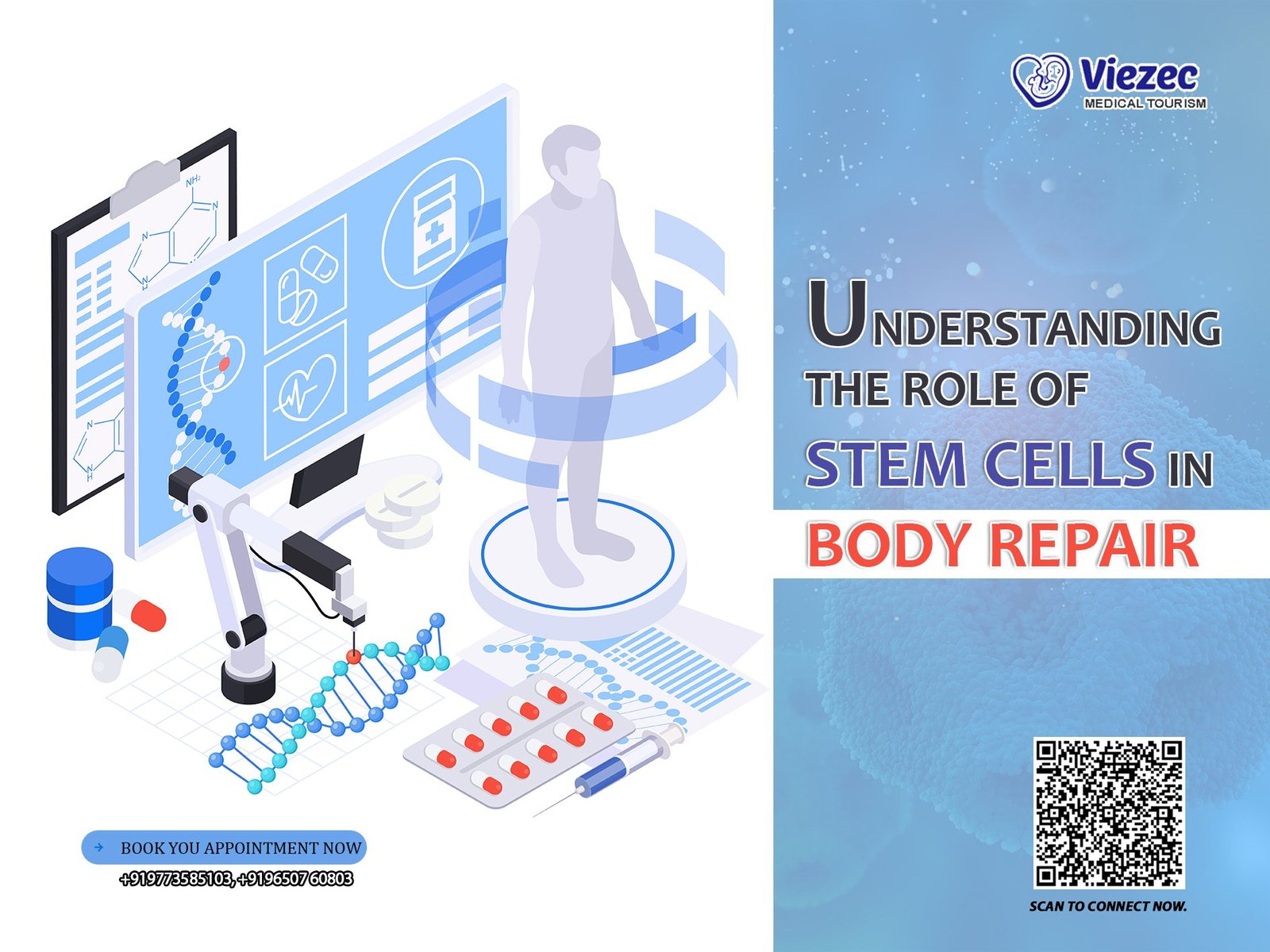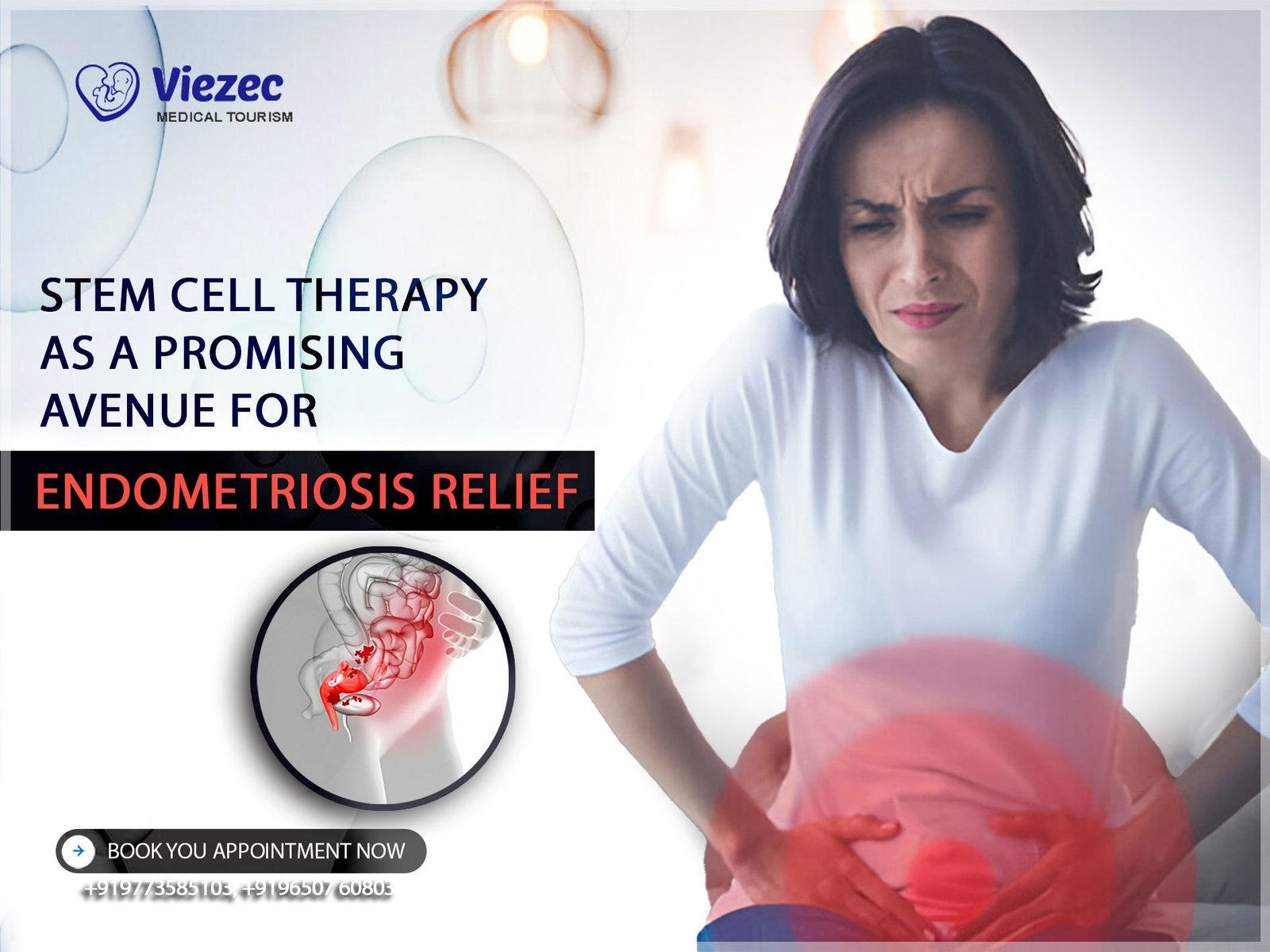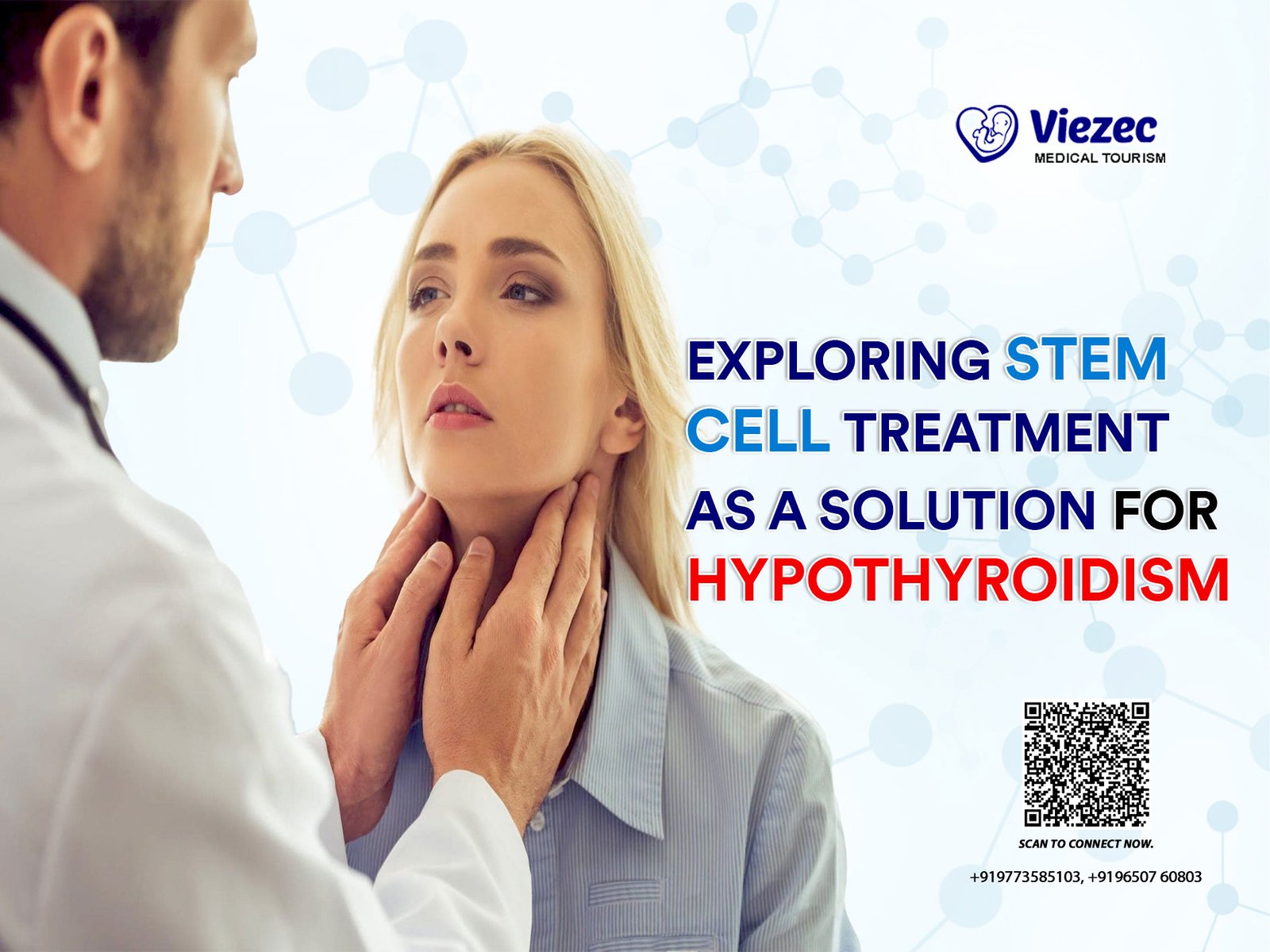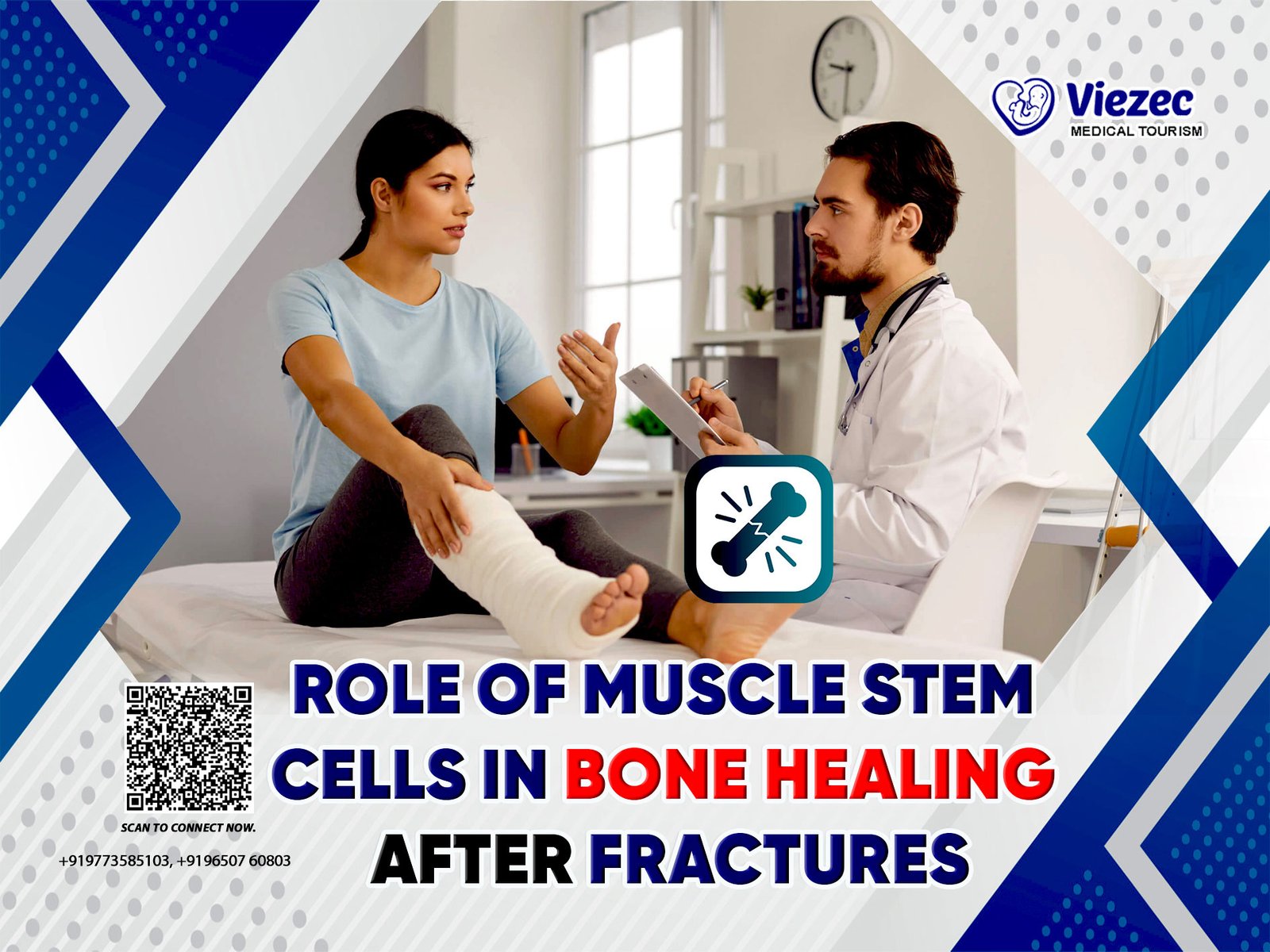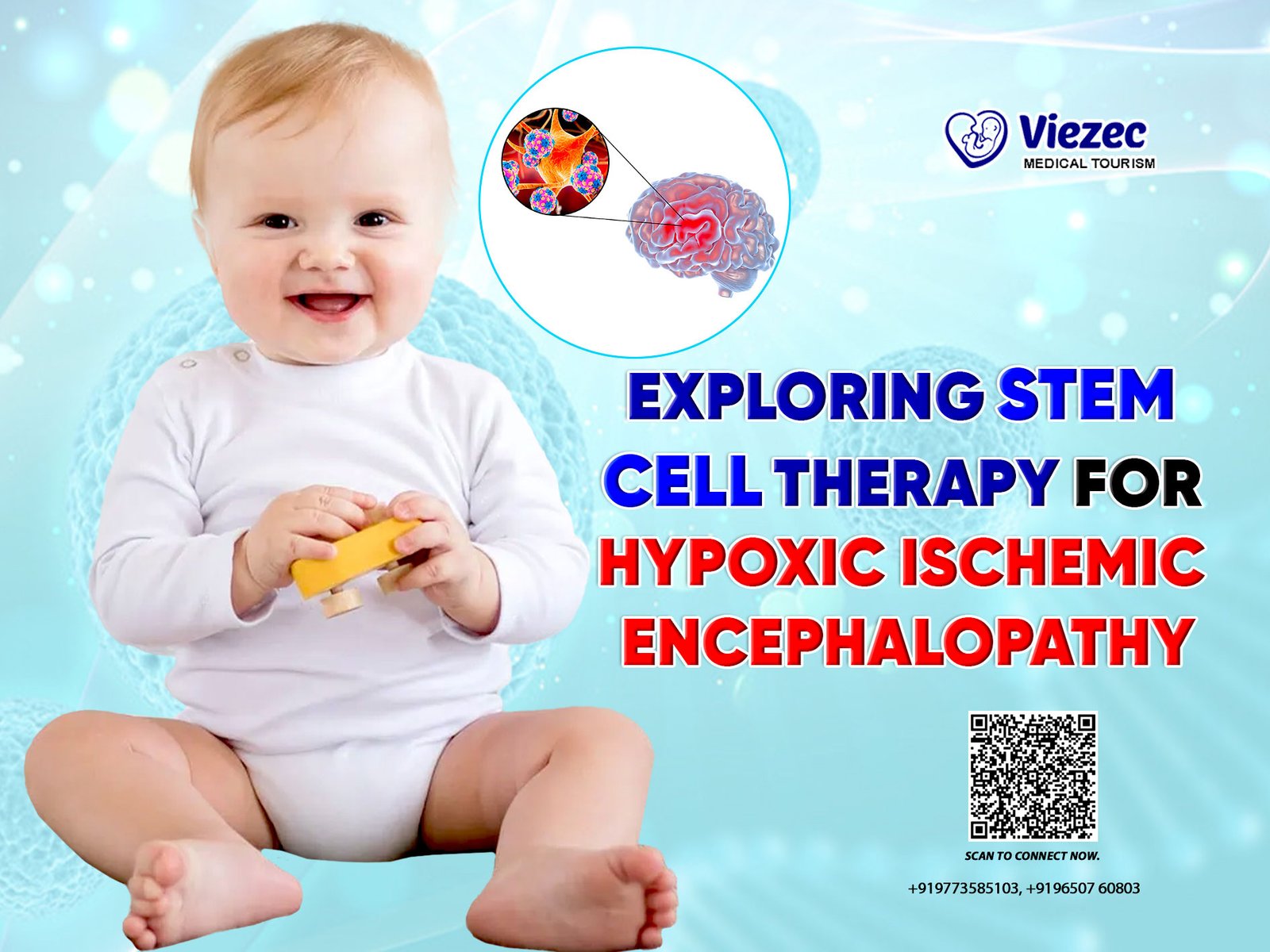Stem cell therapy has emerged as a promising avenue for treating a multitude of degenerative diseases, including those affecting the eyes. Degenerative eye diseases, such as age-related macular degeneration (AMD), retinitis pigmentosa (RP), and diabetic retinopathy, represent significant challenges in the field of ophthalmology. However, recent advancements in stem cell research offer hope for the development of effective treatments to halt or even reverse vision loss. This article explores the potential of stem cell therapy in addressing degenerative eye diseases, its current state, challenges, and future prospects.
Understanding Degenerative Eye Diseases
Before delving into the promise of stem cell therapy, it’s essential to understand the nature of degenerative eye diseases and their impact on vision.
Age-related Macular Degeneration (AMD)
AMD is a leading cause of vision loss among older adults. It primarily affects the macula, the central portion of the retina responsible for sharp, central vision. In AMD, the macula deteriorates over time, leading to blurred or distorted vision and, in severe cases, legal blindness.
Retinitis Pigmentosa (RP)
RP encompasses a group of genetic disorders characterized by progressive degeneration of the retina’s photoreceptor cells. As the disease advances, individuals may experience night blindness, tunnel vision, and eventual blindness.
Diabetic Retinopathy
Diabetic retinopathy is a complication of diabetes that affects blood vessels in the retina. It can lead to vision impairment or blindness if left untreated. The condition is driven by high blood sugar levels, which damage the delicate blood vessels supplying the retina.
Promise of Stem Cell Therapy
Stem cell therapy holds immense promise for treating degenerative eye diseases due to its regenerative potential and ability to replace damaged cells. Here’s how stem cell therapy offers hope in addressing these conditions:
- Regeneration of Retinal Tissue: Stem cells, with their unique ability to differentiate into various cell types, including retinal cells, offer a promising avenue for regenerating damaged retinal tissue.
- Cell Replacement Therapy: Stem cells can potentially replace dysfunctional or lost retinal cells, such as photoreceptors, thereby restoring vision in affected individuals.
- Disease Modeling and Drug Screening: Stem cell-derived retinal cells can be used to model degenerative eye diseases in the laboratory, enabling researchers to better understand disease mechanisms and screen potential therapeutic drugs.
- Immunomodulatory Effects: Stem cells possess immunomodulatory properties, which may help reduce inflammation and promote tissue healing in the diseased retina.
Current State of Stem Cell Therapy in Ophthalmology
While the promise of stem cell therapy for degenerative eye diseases is evident, its translation into clinical practice is still in its early stages. Here’s a look at the current state of stem cell therapy in ophthalmology:
Clinical Trials
Several clinical trials are underway to evaluate the safety and efficacy of stem cell-based therapies for degenerative eye diseases. These trials involve the transplantation of stem cell-derived retinal cells into patients with AMD, RP, and other retinal disorders. While some trials have shown promising results in terms of safety and preliminary efficacy, larger-scale studies are needed to establish the long-term benefits of these therapies.
Challenges and Limitations
Despite the progress made in stem cell research, several challenges and limitations must be addressed before stem cell therapy can become a mainstream treatment for degenerative eye diseases:
- Immune Rejection: One of the significant challenges in stem cell transplantation is immune rejection, where the recipient’s immune system recognizes the transplanted cells as foreign and mounts an immune response against them. Strategies to overcome immune rejection, such as immunosuppressive drugs or the development of immune-compatible stem cell lines, are under investigation.
- Tumorigenicity: There is a risk that transplanted stem cells may form tumors, such as teratomas, due to their pluripotent nature. Ensuring the safety of stem cell-based therapies requires rigorous screening methods to eliminate tumorigenic cells from the transplant.
- Integration and Functionality: Transplanted stem cells must integrate into the host retina and functionally integrate with existing retinal circuitry to restore vision effectively. Achieving optimal integration and functionality remains a significant hurdle in stem cell therapy development.
- Standardization and Scalability: Standardizing stem cell manufacturing processes and ensuring scalability are essential for the widespread adoption of stem cell therapies. Developing cost-effective and reproducible methods for generating high-quality retinal cells from stem cells is crucial for their clinical translation.
Regulatory Considerations
The regulatory landscape surrounding stem cell therapy in ophthalmology is evolving. Regulatory agencies, such as the U.S. Food and Drug Administration (FDA) and the European Medicines Agency (EMA), are actively working to establish guidelines for the development and approval of stem cell-based therapies. Ensuring the safety, efficacy, and quality of these therapies is paramount to their successful clinical translation.
Future Directions and Opportunities
Despite the challenges, the future of stem cell therapy for degenerative eye diseases appears promising. Continued research and innovation in the following areas hold the potential to further advance the field:
- Optimizing Cell Sources: Identifying the most suitable source of stem cells for retinal regeneration, whether embryonic stem cells, induced pluripotent stem cells, or other cell types, is critical for the success of stem cell-based therapies.
- Enhancing Integration and Functionality: Developing strategies to improve the integration and functionality of transplanted retinal cells within the host retina, such as promoting synapse formation and neuronal connectivity, will enhance the efficacy of stem cell therapy.
- Personalized Medicine Approaches: Tailoring stem cell therapies to individual patients based on their genetic makeup and disease characteristics may improve treatment outcomes and reduce the risk of immune rejection.
- Combination Therapies: Exploring combination therapies, such as combining stem cell transplantation with gene therapy or neuroprotective agents, may offer synergistic benefits in treating degenerative eye diseases.
- Advancements in Manufacturing Technology: Harnessing advancements in bioprocessing and tissue engineering technologies to streamline stem cell manufacturing processes and improve the scalability and reproducibility of cell production.
Informed Decision
Stem cell therapy holds immense promise for addressing degenerative eye diseases by regenerating damaged retinal tissue and restoring vision in affected individuals. While significant progress has been made in preclinical and clinical studies, several challenges must be overcome before stem cell-based therapies can become widely available. Through continued research, innovation, and collaboration between scientists, clinicians, and regulatory agencies, the potential of stem cell therapy in ophthalmology can be realized, offering hope to millions of individuals living with vision loss due to degenerative eye diseases.

